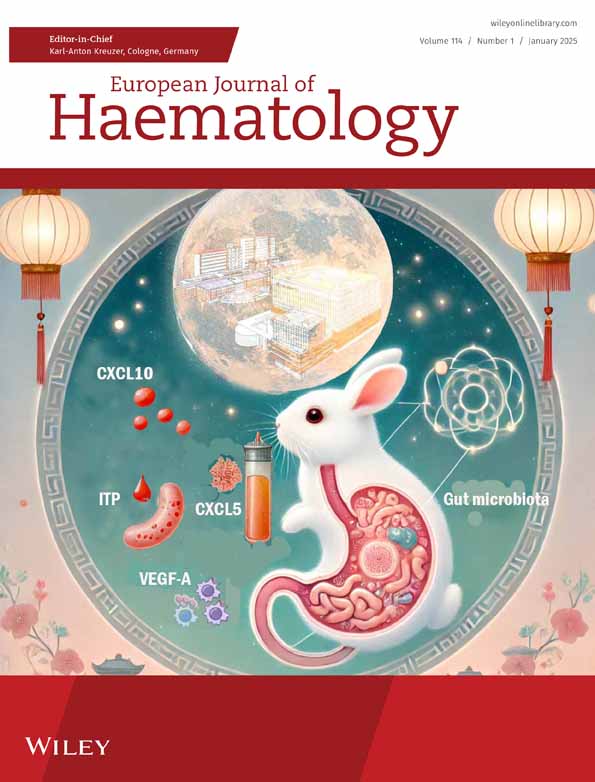Clonal Evolution in 207 Cases of Refractory or Relapsed Acute Myeloid Leukemia
Funding: This research was supported by National Institute of Health Grant: UL1TR002649 and National Cancer Institute Grant P30 CA016059. This project is part of Virginia Commonwealth University Massey Cancer Center's Project ERIS: Expanding Research in Induction and Salvage.
ABSTRACT
Clonal evolution (CE) is a driving force behind the development and progression of acute myeloid leukemia (AML). Advances in molecular and cytogenetic assays have improved the depth and breadth of detection of CE in AML, which is defined here as a detected change in cytogenetic or molecular profile at relapsed or refractory (RR) disease. In this study, we demonstrate the clinical impact of CE in a cohort of patients with RR AML treated between 2013 and 2023. We discovered CE is significantly more frequent in relapsed disease (58.2%, [46.6%, 69.2%]) than in refractory disease (21.1%, [14.4%, 29.2%], p < 0.001). CE negatively impacts prognosis when detected by conventional karyotyping in refractory disease (4.2 vs. 13.9 months, p < 0.011). In contrast with prior literature, CE had no impact on overall survival if detected in relapsed disease. Surprisingly, those who achieved negative measurable residual disease (MRD) were no more likely to eliminate their original clone than those who did not (p = 1). We found several cytogenetic and molecular signatures which may predispose to CE: aberrations of chromosome 17, trisomy 8, TP53, KRAS, and FLT3-TKD. Finally, physicians were less likely to retreat those with CE with IC after receiving IC as first-line therapy (35.0% vs. 70.9%, p = 0.004). This study illustrates the role of CE in chemotherapy-resistant AML; we identify unique cytogenetic and molecular signatures that define a subset of patients associated with a dismal prognosis. As next-generation sequencing panels expand and new methods to characterize cytogenetic abnormalities emerge, our findings establish a basis for future studies investigating the prognostic and therapeutic impact of CE.
Conflicts of Interest
The authors declare no conflicts of interest.
Open Research
Data Availability Statement
The data that support the findings of this study are available from the corresponding author, G.F.M., upon reasonable request.




